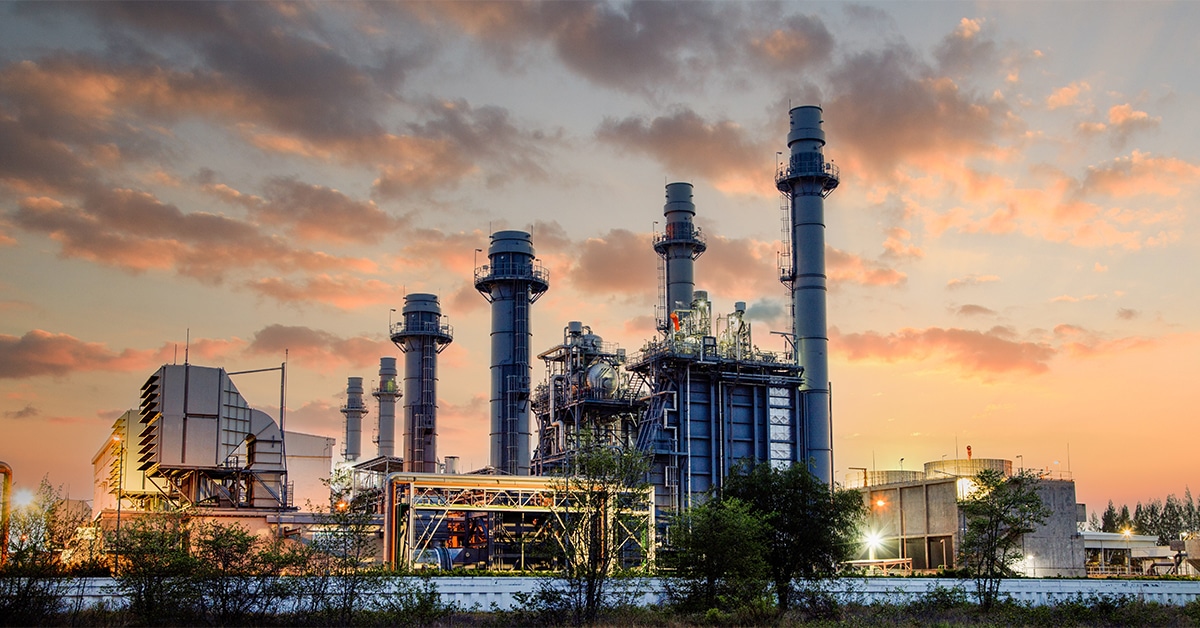
As the demand for energy continues to rise, intrastate pipelines have become an essential lifeline for local communities, providing a reliable and efficient way to transport oil, gas, and other resources. These pipelines, which run within a single state's borders, play a crucial role in ensuring that homes, businesses, and industries have access to the energy they need to thrive. But beyond their practical utility, intrastate pipelines also have a significant impact on the communities through which they pass.
One of the key benefits of intrastate pipelines is their role in promoting economic development in local communities. By providing a cost-effective means of transporting energy resources, these pipelines help attract investment and create jobs in areas that might otherwise struggle to compete in the energy market. In addition, the presence of intrastate pipelines can lead to the development of new industries and support the growth of existing businesses, further bolstering the local economy.
Moreover, intrastate pipelines can help lower energy costs for consumers by increasing the availability of resources and reducing the need to rely on more expensive forms of energy transport, such as trucks or trains. This can have a particularly positive impact on low-income communities, where energy costs can place a significant strain on household budgets. By making energy more affordable and accessible, intrastate pipelines can help improve the quality of life for residents and support overall community well-being.
However, the construction and operation of intrastate pipelines also raise important environmental and safety concerns that must be addressed to protect local communities. Pipelines have the potential to leak or spill, causing environmental damage and posing a risk to public health and safety. In recent years, high-profile incidents such as the Dakota Access Pipeline protest have drawn attention to the potential risks associated with pipeline construction and operation.
To mitigate these risks, pipeline operators must adhere to strict safety regulations and guidelines, as well as take proactive measures to prevent leaks and spills. Additionally, community members and local authorities should be involved in the planning and monitoring of pipeline projects to ensure that environmental concerns are addressed and that the safety of residents is prioritized. By working collaboratively with all stakeholders, intrastate pipelines can minimize their impact on local communities and help ensure that energy resources are transported safely and responsibly.
Beyond their economic and environmental impact, intrastate pipelines can also play a role in supporting the growth of renewable energy sources, such as wind and solar power. By providing a means of transporting these resources from rural areas to urban centers, pipelines can help facilitate the transition to a more sustainable energy system. This can have far-reaching benefits for local communities, including reduced greenhouse gas emissions, improved air quality, and increased energy independence.
In conclusion, intrastate pipelines are a vital lifeline for local communities, providing essential energy resources that support economic development, lower energy costs, and promote environmental sustainability. While they bring significant benefits, it is important to address the potential risks associated with pipeline construction and operation to protect the well-being of residents and the environment. By working collaboratively with stakeholders and implementing best practices in safety and environmental stewardship, intrastate pipelines can continue to play a positive role in the communities they serve.